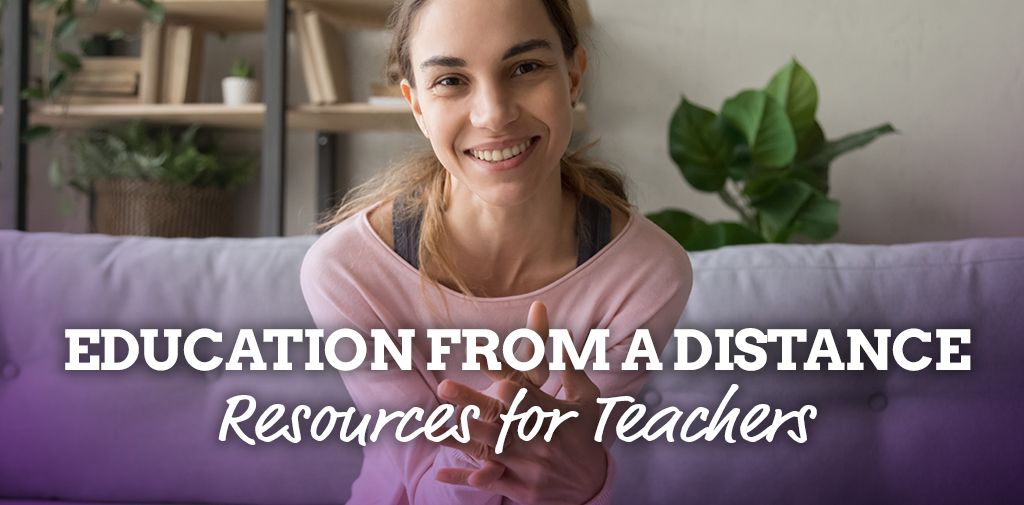Education from a distance – resources for teachers
Travel Notes


This new season of social distancing has created challenges for all of us, but educators across the country are adapting, approaching their work with a consistent passion and commitment to their students. As both teachers and their classroom communities move to learning online, there’s an inevitable learning curve for everyone. We’ve combined our business experience with insights from our team of veteran educators to share a few resources that might make this transition a little easier.
Using online platforms
Whether you’re using Zoom, Webex or another platform required by your school district, it’s key to familiarize yourself with all the features available to you. If you’re already two weeks into teaching online, you may have discovered these already through training or simple trial and error. Here are few resources to make the most of those platforms:
Soapbox is another helpful program that allows you to create a video while sharing your screen. If you need to share homework assignments for students or want to pre-record a lesson, it’s a simple-to-use platform.
Beyond those tools, which vary by platform, there are a few things you can do to enhance the online experience for your students:
- Double-check your WIFI connection, audio/video components, etc. before every class to make sure everything is up and running. Even if it worked yesterday, tech can fail at inopportune times.
- Consider where you’re recording. Lighting, noise and background all impact the quality of your “class.” Make sure your face is lit well and that you’re not backlit from a sunny window – you’ll “glow” and it will be difficult for students to see you. Check your audio to ensure your sound quality is clear and easy to hear.
- Plan your classes with interaction in mind. Students are all adapting to learning at home, where they most likely have new distractions that can steal their attention. If your class is fun and engaging, they’ll have an easier time overcoming those disruptions.
- Arrive early so you can great students as they arrive – just like in your normal classroom.
Tech etiquette
You’ve taught your students how to interact appropriately in your classroom. Now that the environment has changed, it’s important to empower your students with new guidelines for working together in the classroom. A few to consider:
- Following the first few moments of class where students are greeting you and each other, everyone should mute themselves so you, as the instructor, can be clearly heard during class. You should have the ability to mute everyone if students aren’t sure how to do that themselves. This will drastically improve the audio quality in your classroom.
- Some platforms include a “Raise Your Hand” feature, which will allow students to respectfully participate in class without disrupting your lesson.
- When it’s appropriate to participate, make sure your students know if they’re being too loud or too quiet when they’re speaking – they won’t know if you don’t tell them.
This new way of teaching isn’t always comfortable, but this season can still be full of meaningful moments that students carry with them for years to come. Our team of veteran educators is working on “at home” lesson ideas that we’ll be sharing with you in the days to come. From all of us at BRT, we thank you for your commitment to education in this uncertain season – stay healthy and strong.
Newsletter: Get helpful tips and performance group travel news:

Performance
Group Travel
Performance group travel has been the heart of our business since 1981.

International
Group Travel
Learn about the eye-opening experiences that international travel offers.

Educational
Group Travel
Student group travel brings learning to life.

Group Travel
Destinations
Discover some of our most popular student-friendly destinations.
Parades & Events:
The art of performance travel perfected.
Parents & Students:
Build friendships. Explore new places. Make memories.

About Us
We craft travel experiences that allow you to share the world with your students.

Our Company
Learn more about our history, our values and our commitment to serving your needs.

Our Team
Good people and great relationships are the keys to perfect travel experiences.

Technology
Our tools make traveling with a group easier, safer and more efficient.


